5 cities with smart water treatment systems
(Baonghean.vn) - Solving water problems in urban areas is very important, requiring a combination of thinking, ingenuity, economic potential and organizational operation. Below are creative models of 5 cities on how to manage and conserve water resources.
Bangalore, India
Bangalore, the capital of Karnataka, is one of the three most populous cities in India with nearly 10 million people. In 2010, 450 of the city's lakes were threatened by private owners, leading to concerns that water resources would not be used sustainably.
The Environment Support Group (ESG) organized a workshop to raise awareness about the importance of protecting lakes for present and future generations.
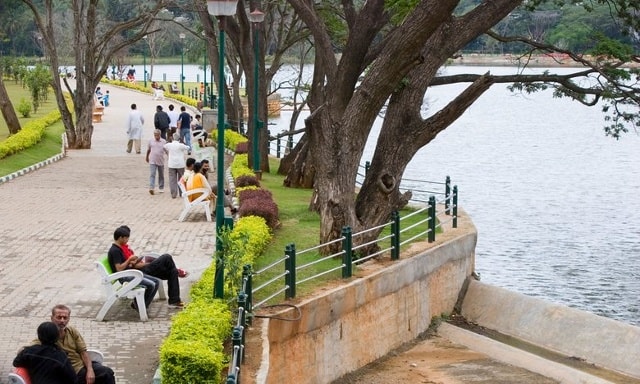 |
| In 2010, 450 lakes in Bangalore were threatened with privatization, leading to concerns that water resources would not be used sustainably. |
In addition, ESG filed a petition with the Karnataka High Court to prohibit the privatization of the city's lakes. As a result, a committee of government agencies was set up to preserve Bangalore's lakes for posterity.
As the city’s 450 lakes are restored, underground aquifers will be refilled. For the urban community, this will have significant benefits as there will be enough clean water to better and more efficiently grow crops.
The EGS group's achievements won the United Nations Innovation Award for the best water management practice in the world in 2012.
Cape Town, South Africa
Cape Town has been internationally recognized for its efforts in water management. Over the past 15 years, the city has reduced its water usage by 30%, despite a 30% increase in the city's population.
The city's water conservation program takes a two-pronged approach: convincing residents to use less water, and deploying the latest technologies to exploit water efficiently.
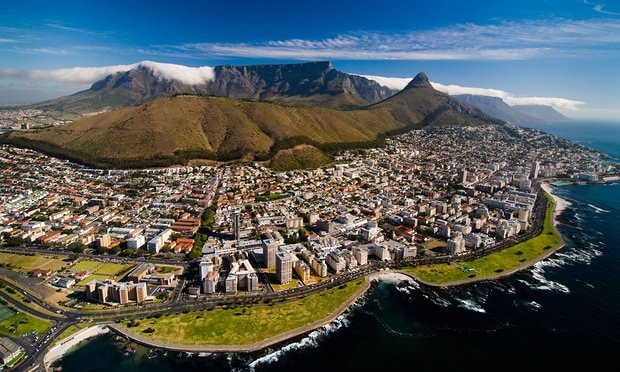 |
| Cape Town, South Africa city view remains clean with proper water conservation measures. |
The city has adjusted water pressure to reduce waste, replaced old pipes, improved leak detection, conducted extensive repairs and improved management of water reservoirs.
In 2011, Cape Town replaced 20,574 faulty water meters and convinced 95 parks and golf courses to use treated wastewater, saving millions of gallons of water each year.
Sorocaba, Brazil
Sorocaba residents are working hard to clean up the city’s rivers, which have been heavily polluted by industry, mining and sewage. In a single day in June 2015, 228kg of rubbish was removed from the Sorocaba River by residents themselves.
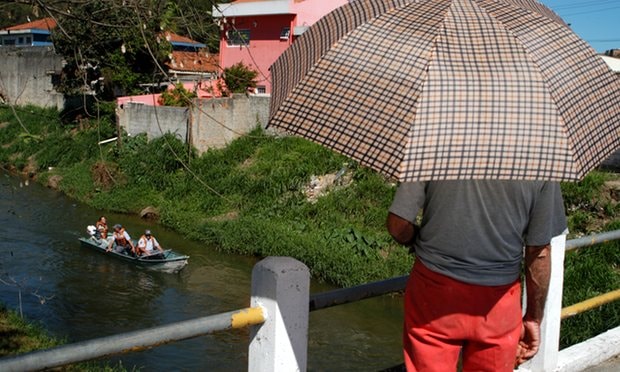 |
| City workers regularly remove 10 tons of dirt, leaves, branches, and trash from the Sorocaba River a month and recycle it. |
City workers routinely remove 10 tons of dirt, trash, and recycling in a month. Efforts are also underway to improve the riverside landscape. Parks are being built along the riverbanks and trees are being planted to prevent flooding.
Beira, Mozambique
Mozambique's second largest city, Beira, with the help of the Netherlands, has developed a master plan for 2035 to address pressing problems of flooding and soil erosion, which pose a threat to infrastructure and human health.
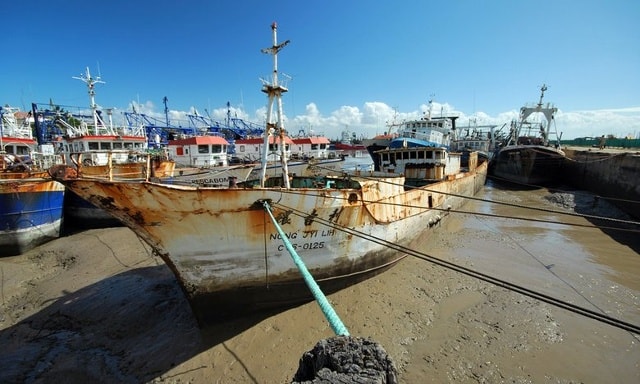 |
| Money raised from the Beira Vision 2035 plan will be used to dredge the abandoned port and regenerate the area. |
The city has sought funding for water pollution prevention by attracting capital from 300 investors interested in developing the city's port area.
The money will be used to dredge the harbor, build low-cost housing, develop local industries, improve transport and drainage systems and expand the provision of water services.
Lima, Peru
Lima is a desert city with very little rainfall, while the Peruvian capital has a population of 8 million. Worse still, the city relies heavily on meltwater from the Peruvian Andes, where glaciers are shrinking every year and are predicted to disappear completely within the next 40 years.
In 2007, Lima officials decided that in order to deal with the severe water shortage, they needed the people to help solve these problems.
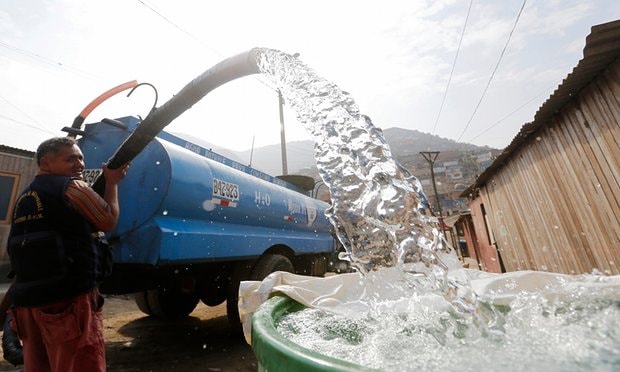 |
| Lima, the capital of Peru, has 8 million people but averages less than 1 cm of rainfall per year. |
The Ministry of Construction, Planning and Environmental Sanitation, together with the World Bank's water and sanitation program, has called on people to save water and raise people's awareness of the environment.
A teacher went around schools in Lima to teach students about water pollution and the proper use of water.
Thanh Hien
| RELATED NEWS |
|---|
